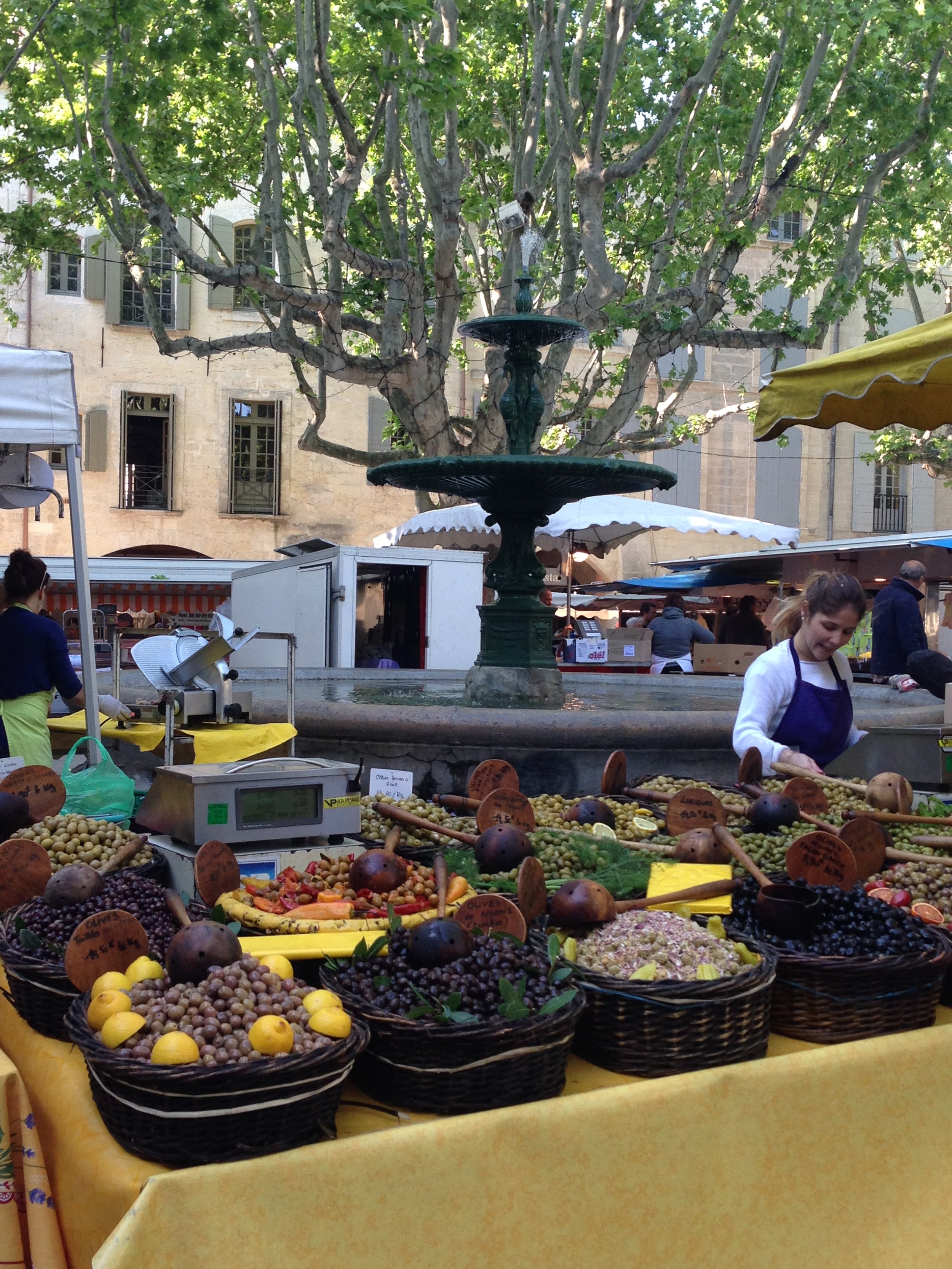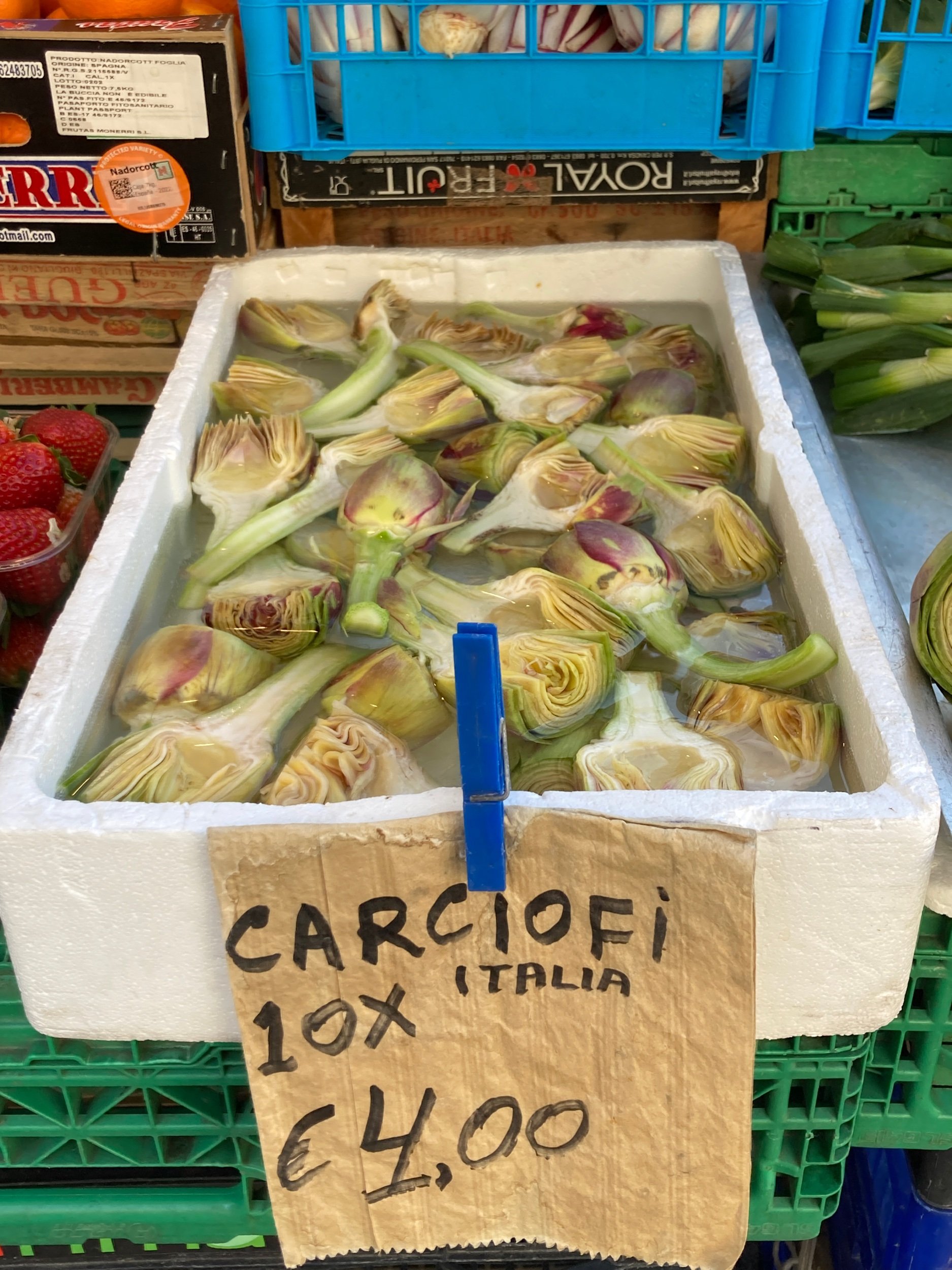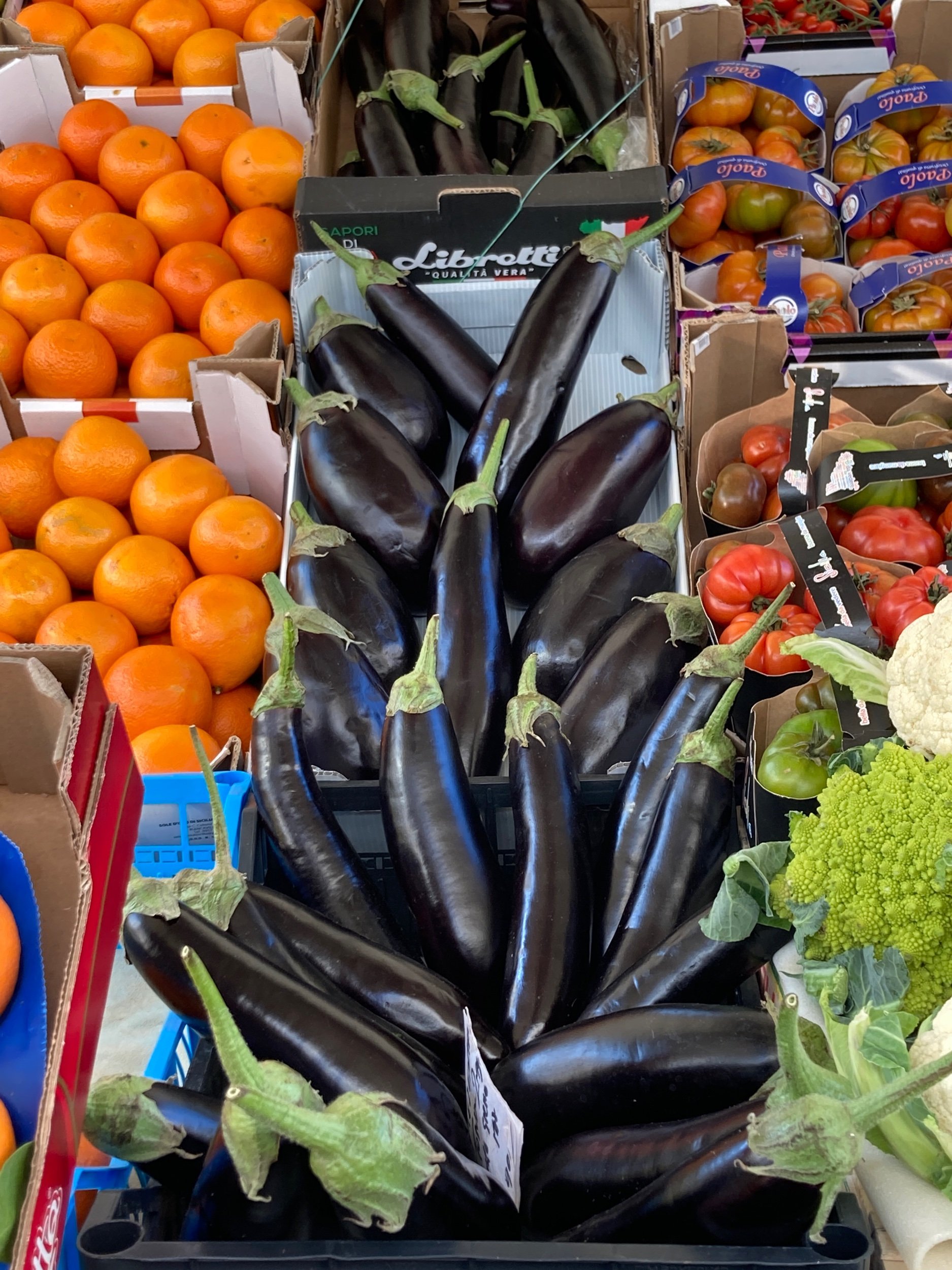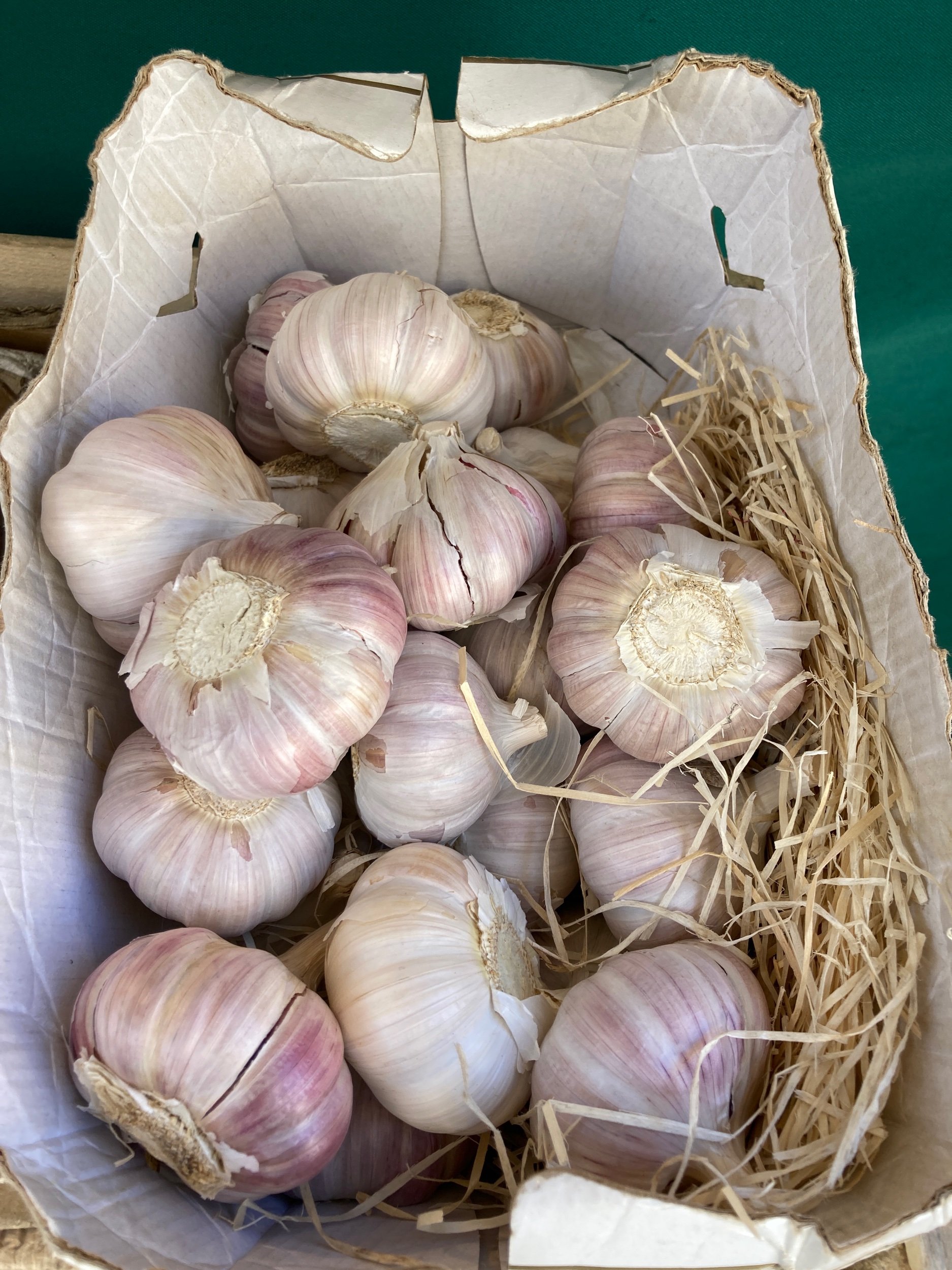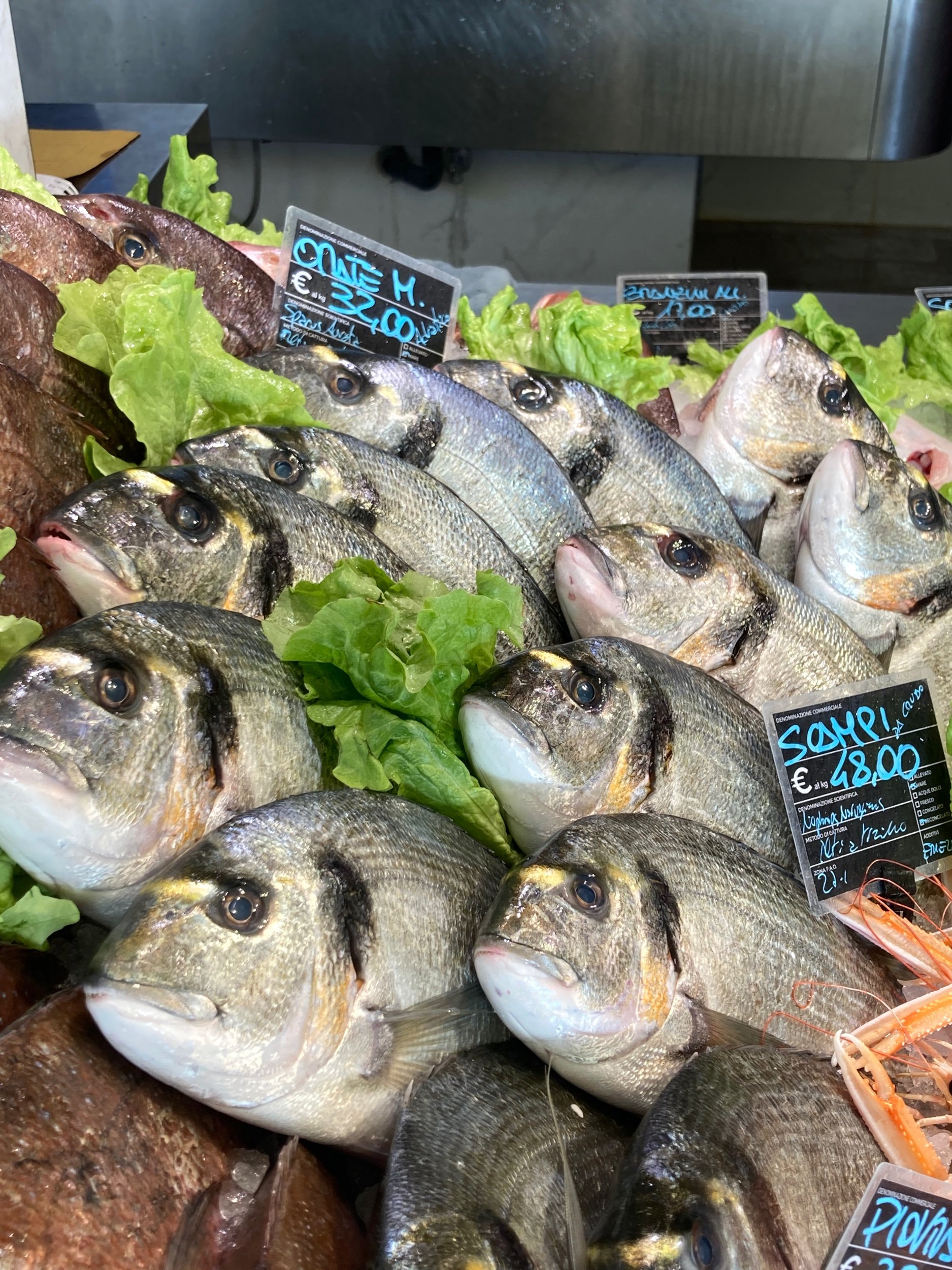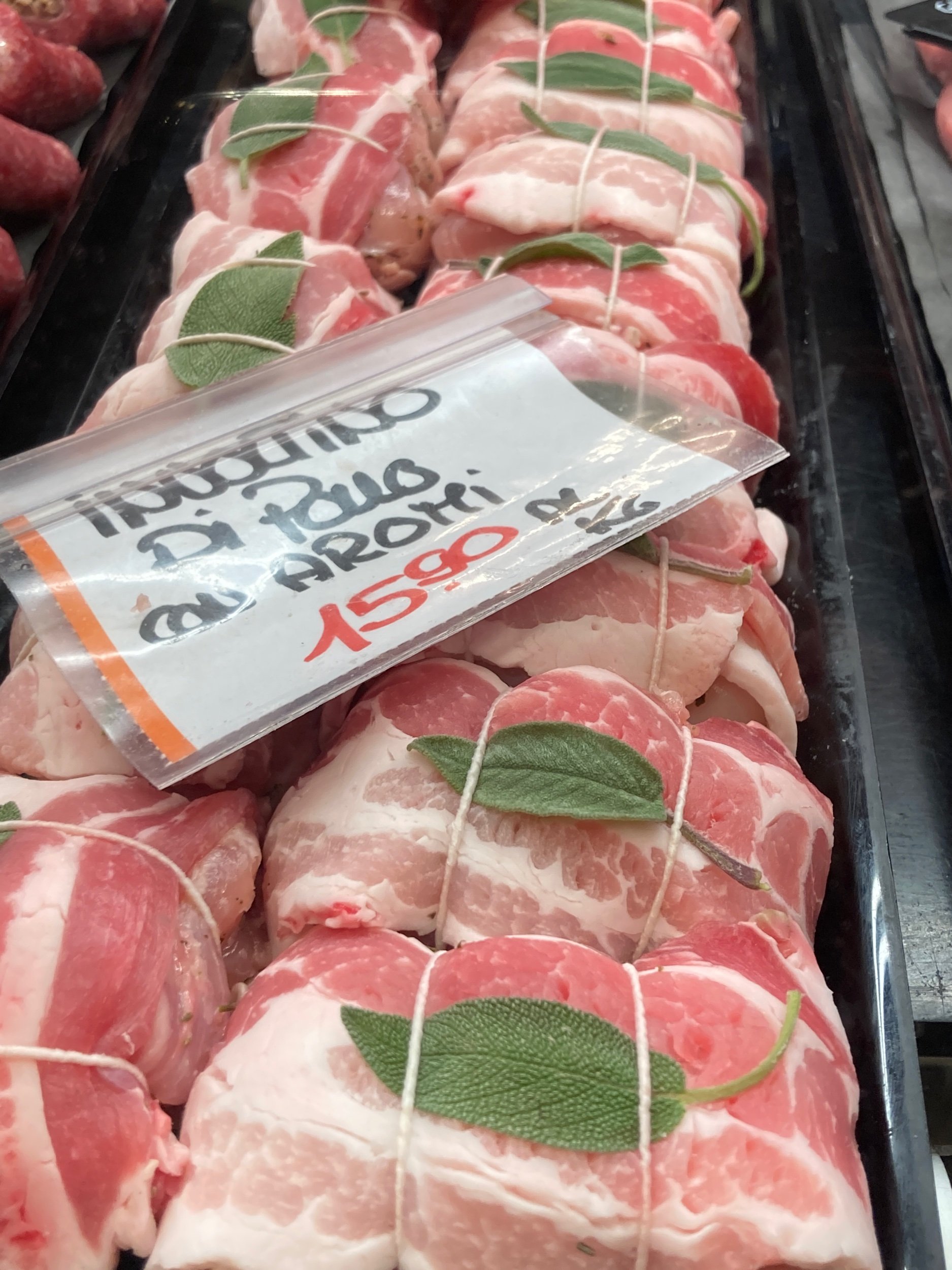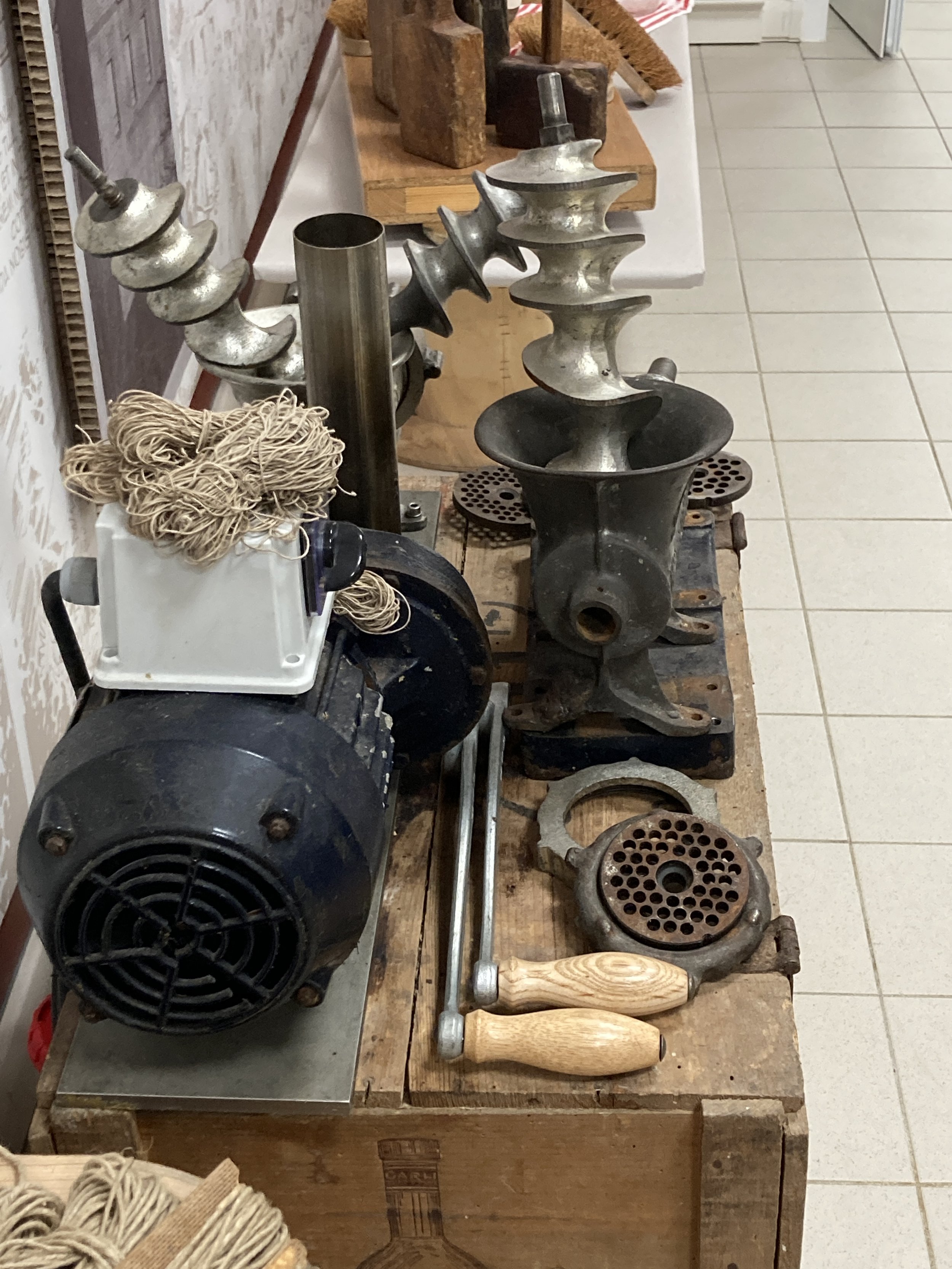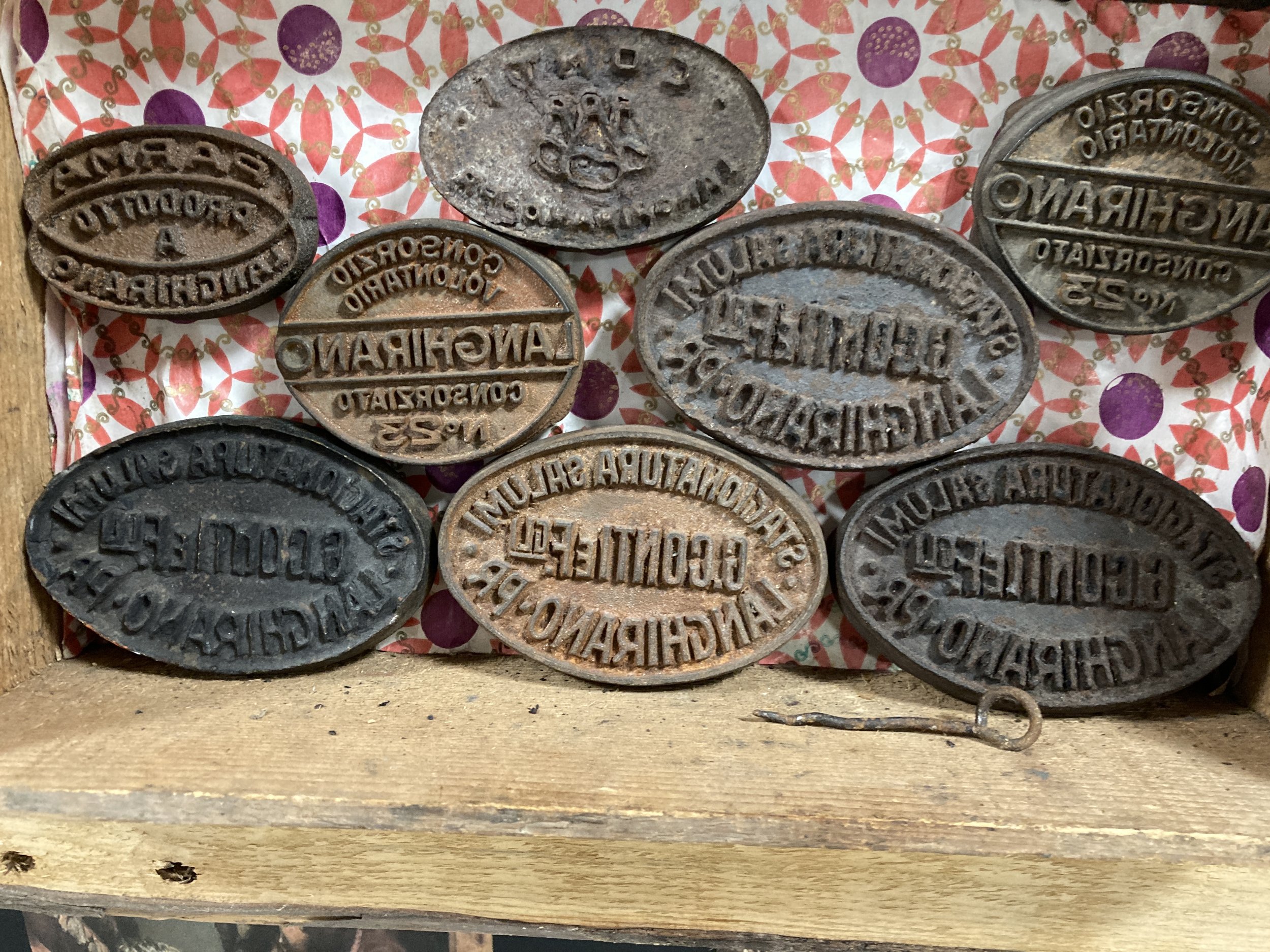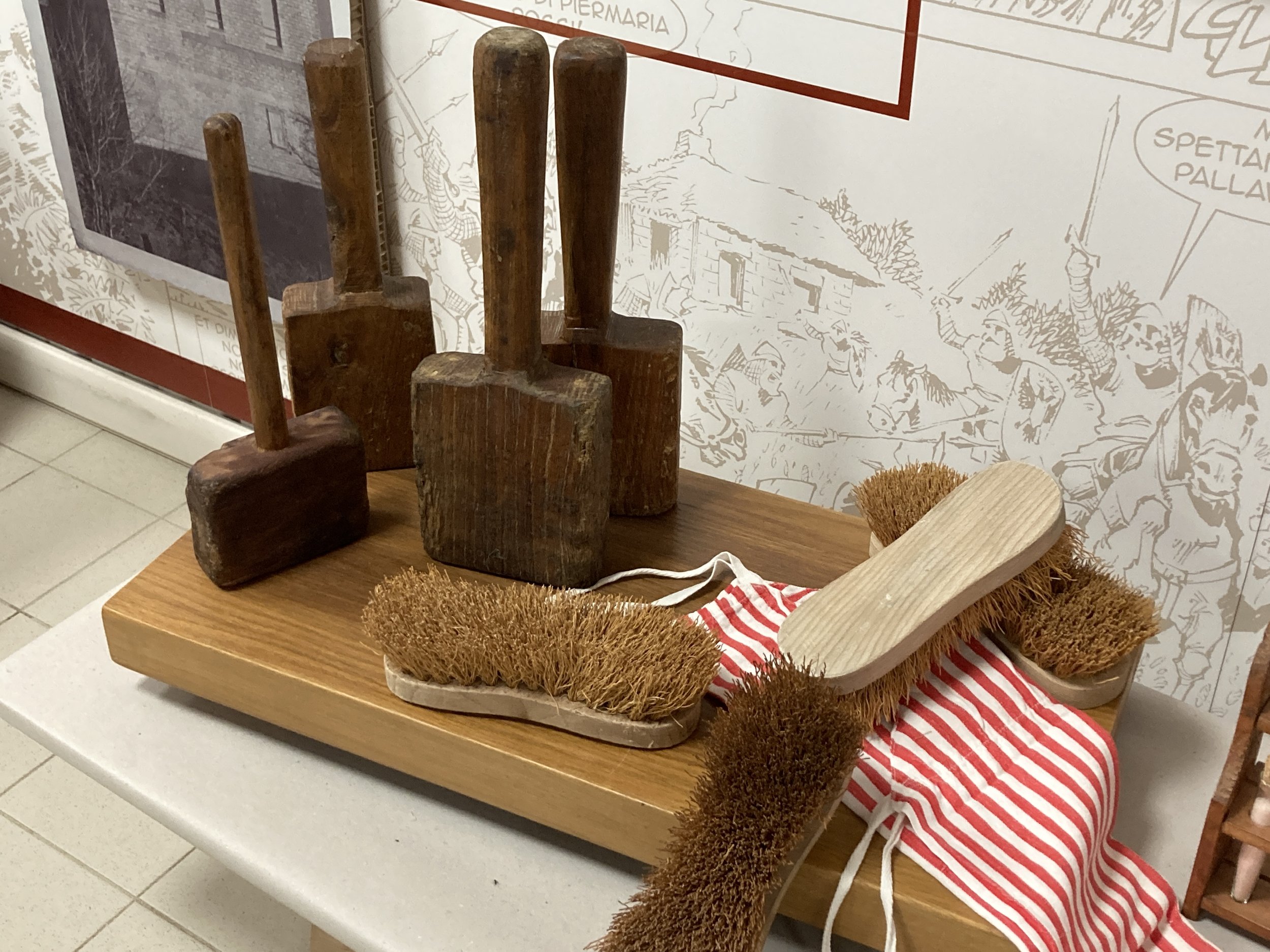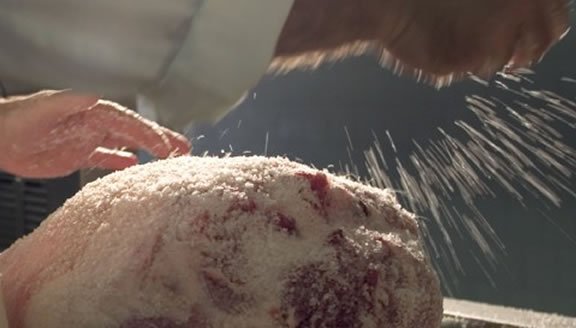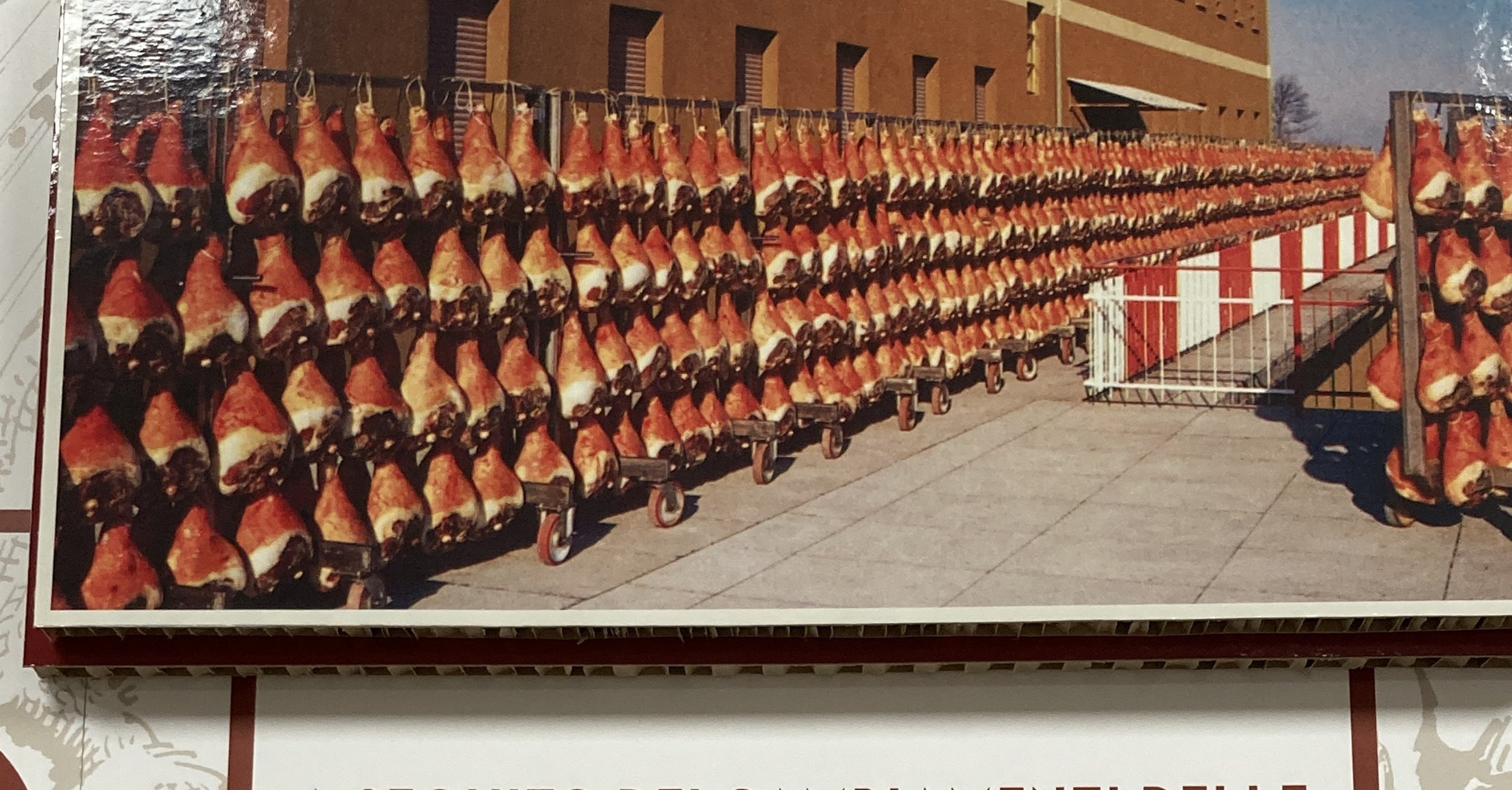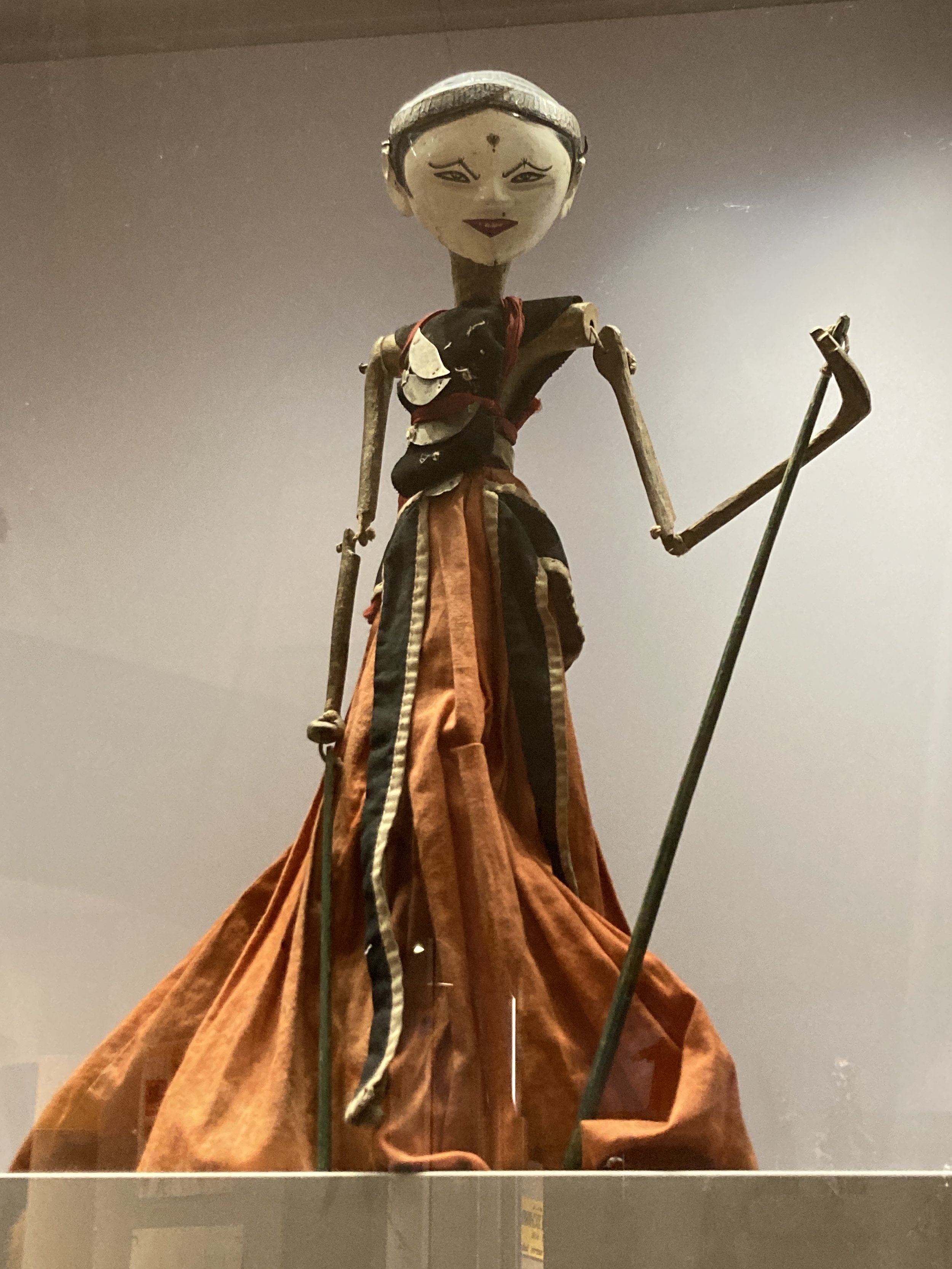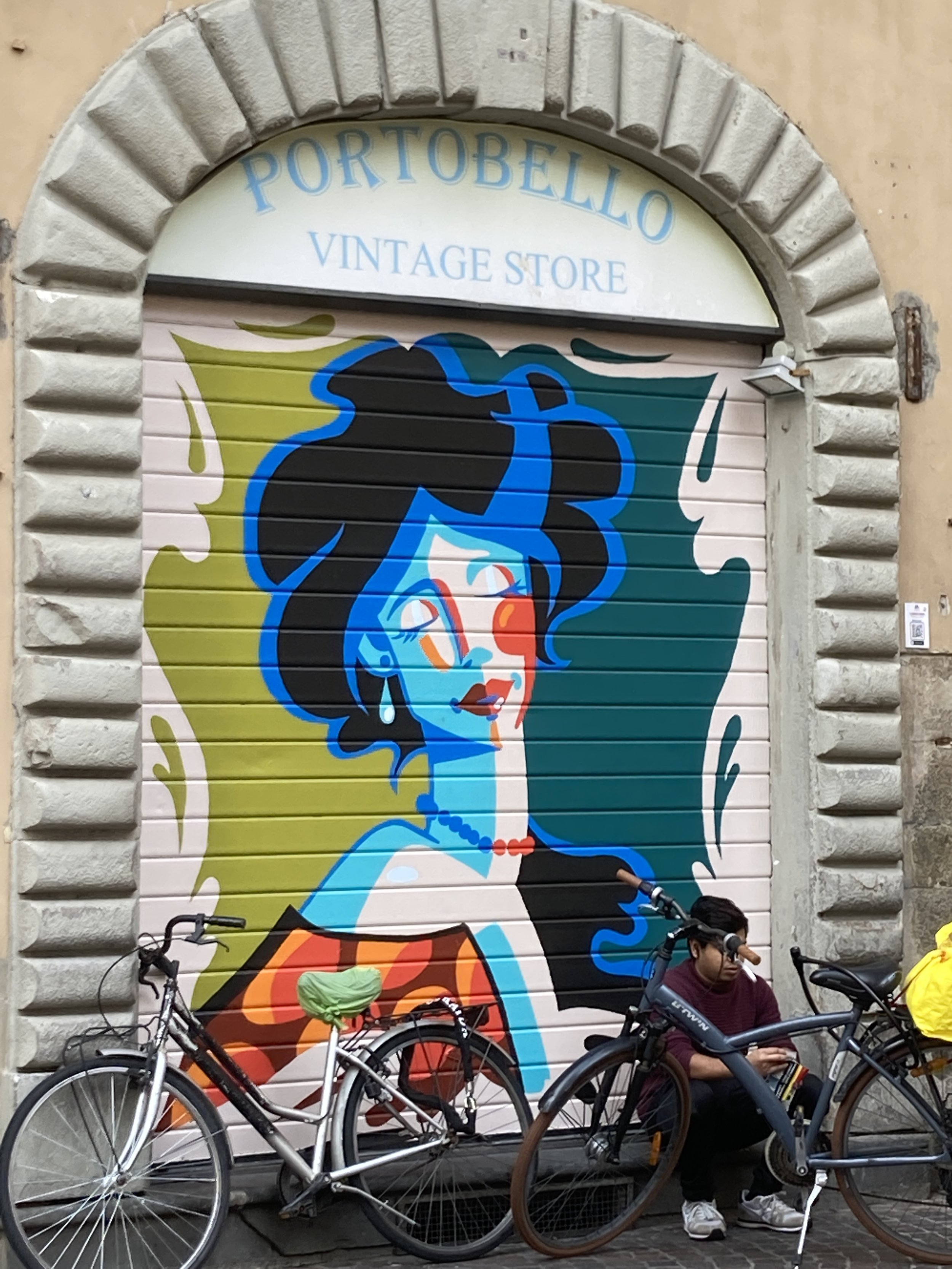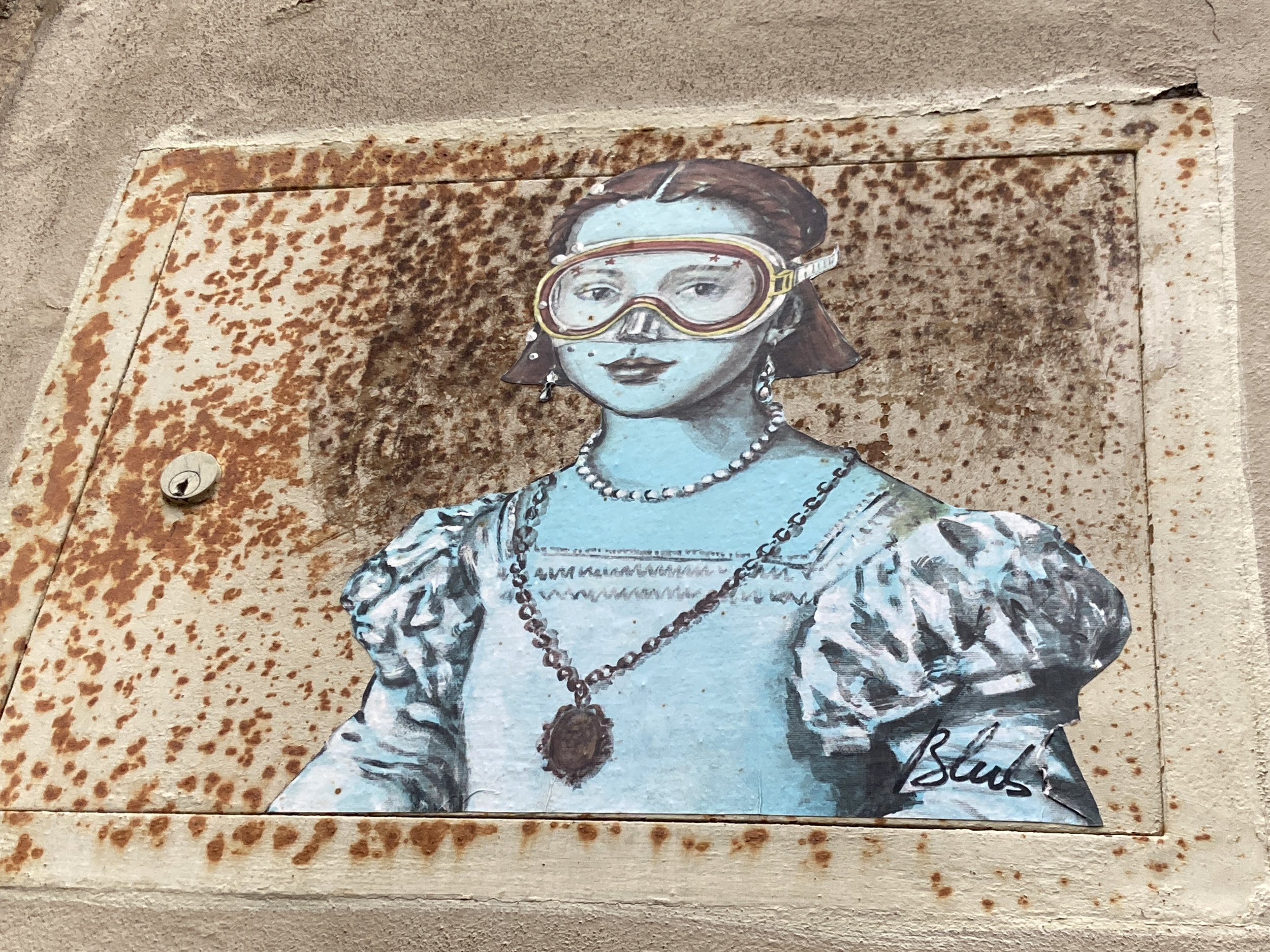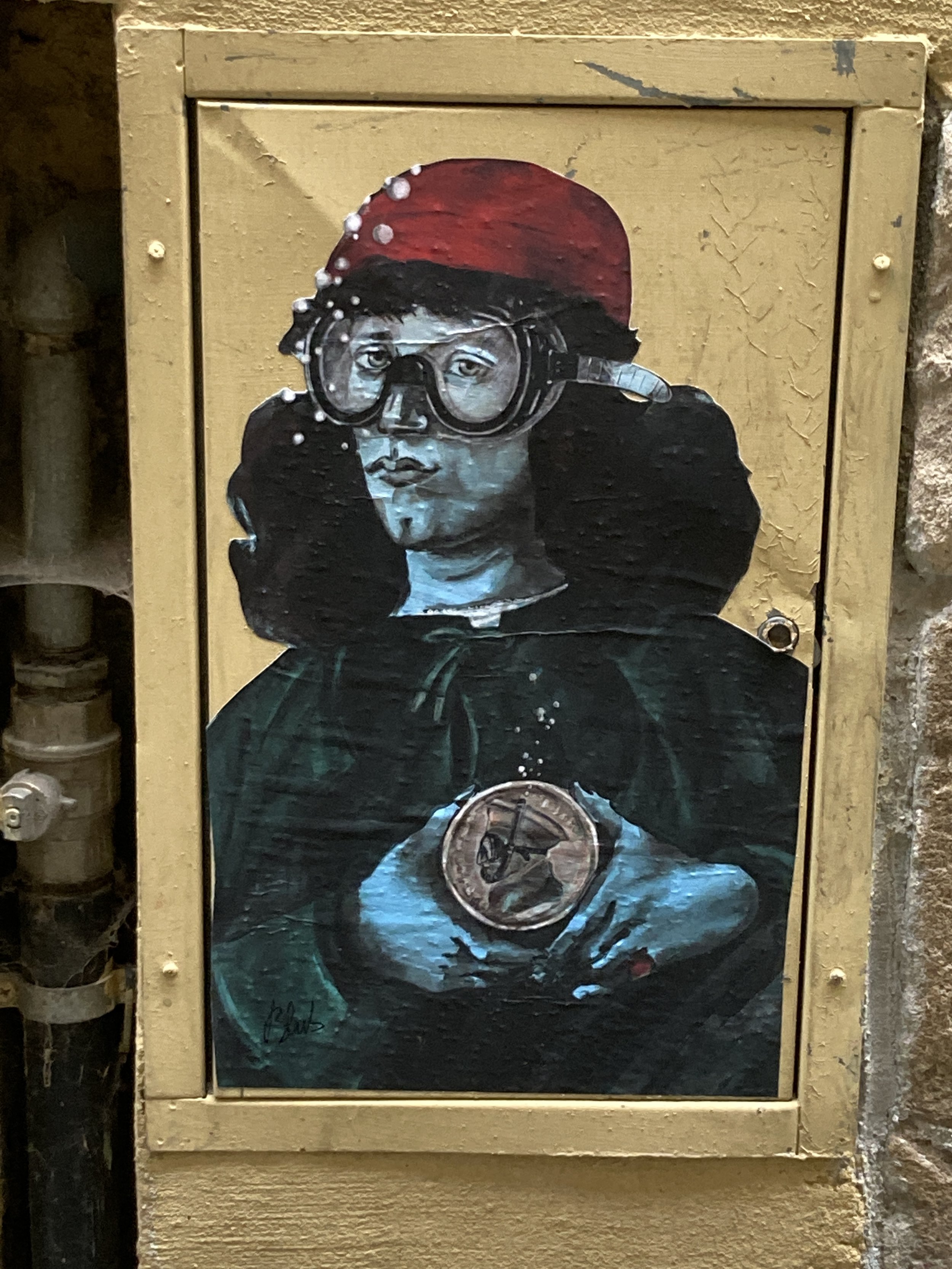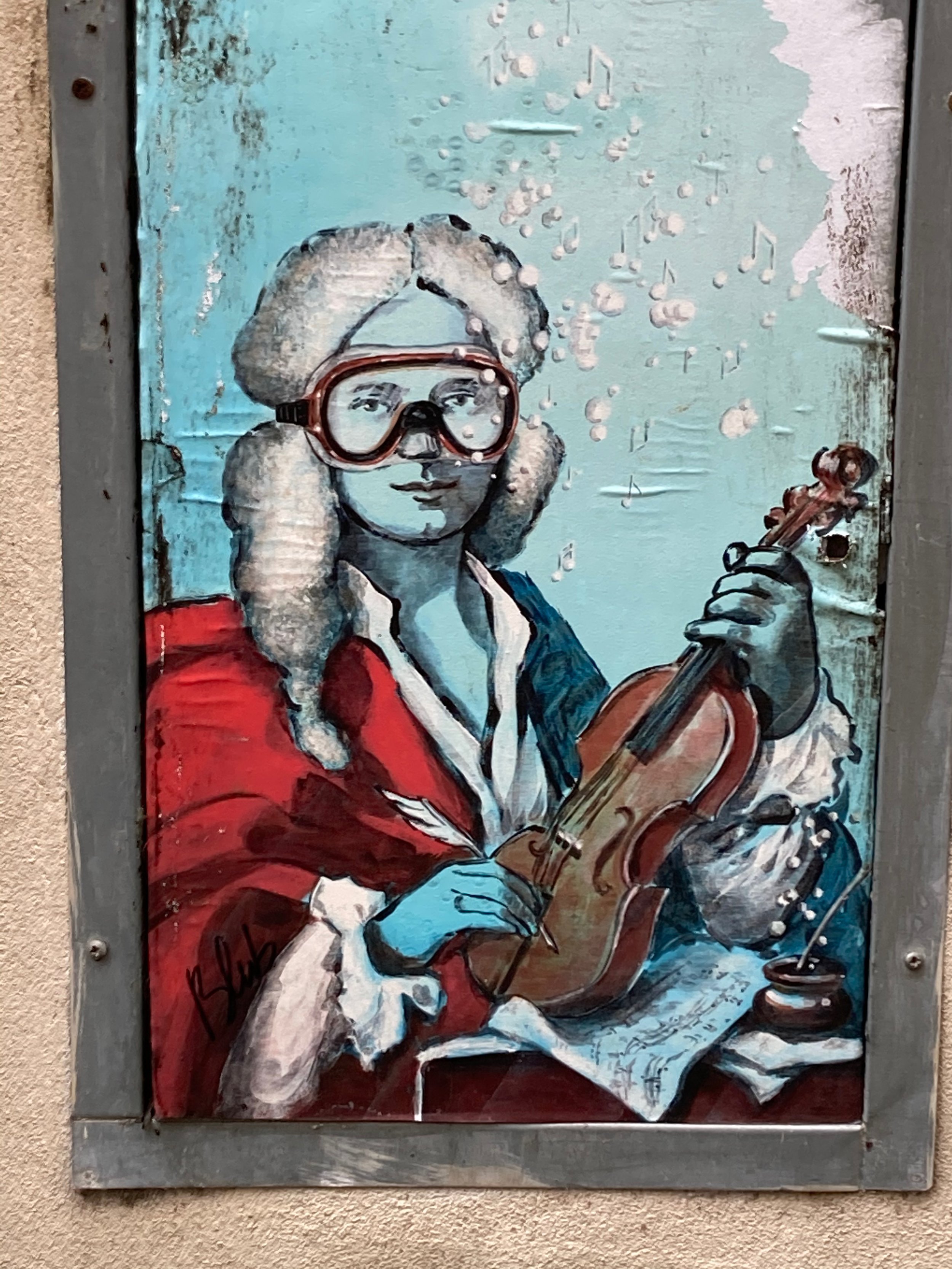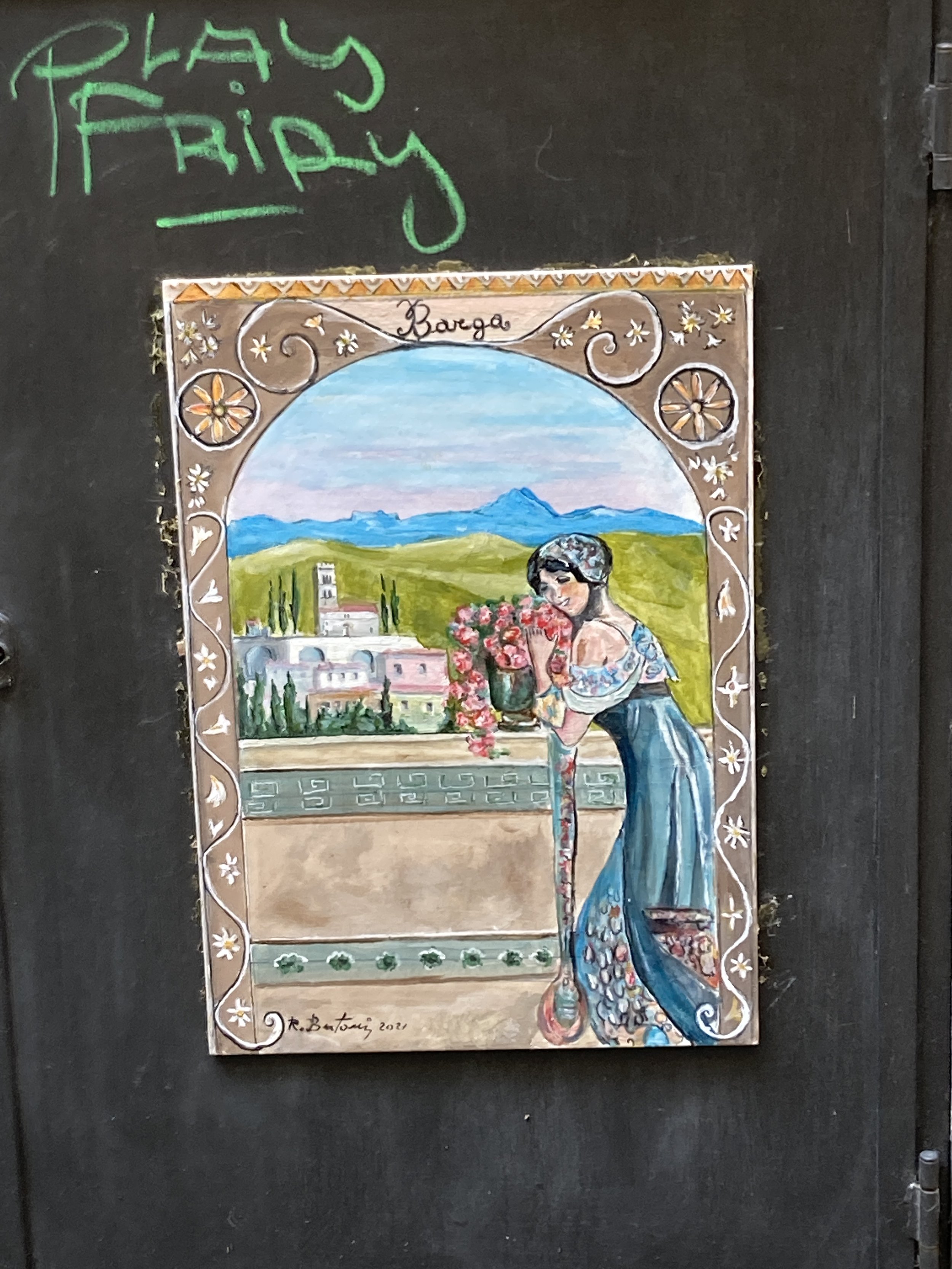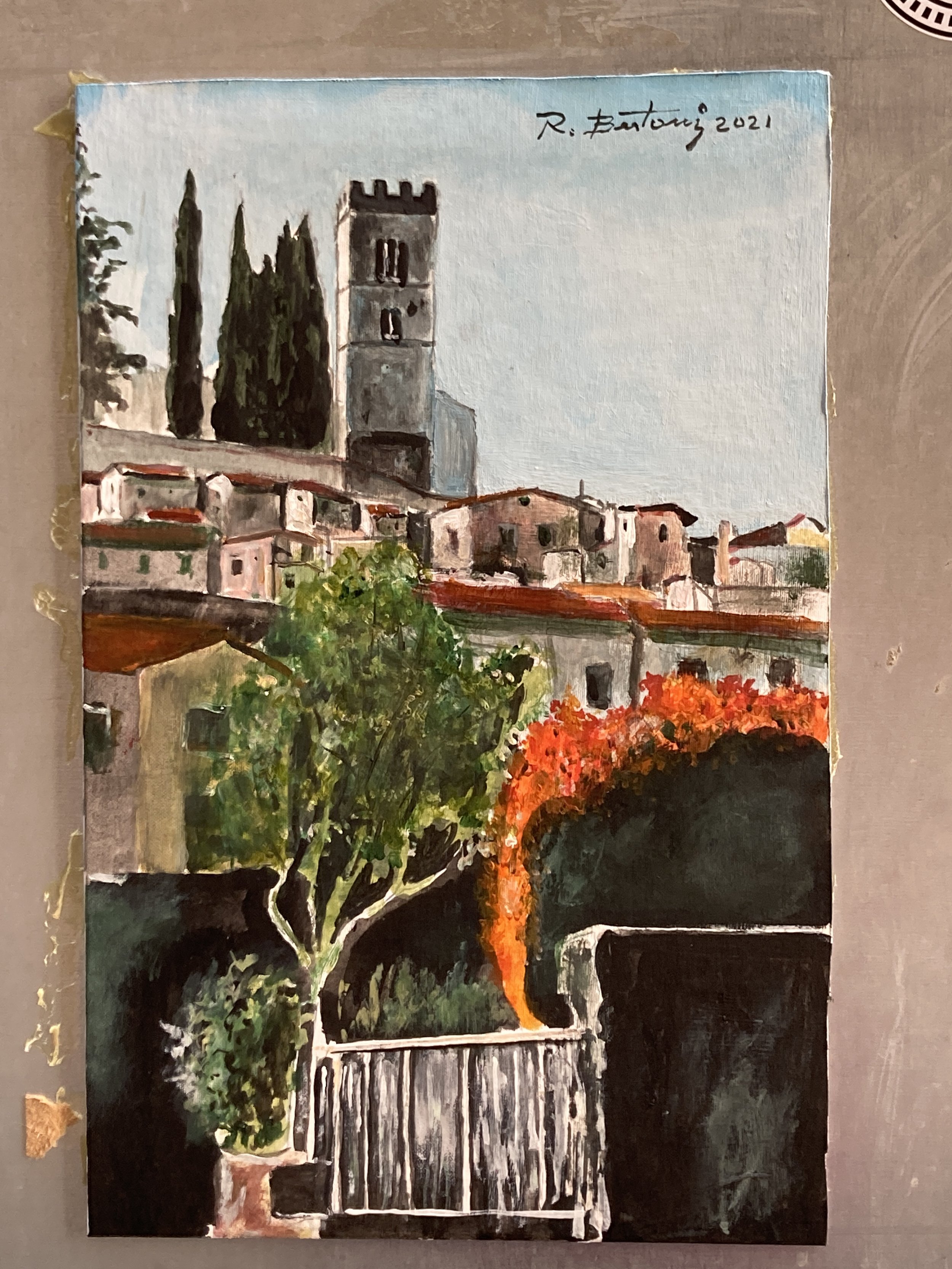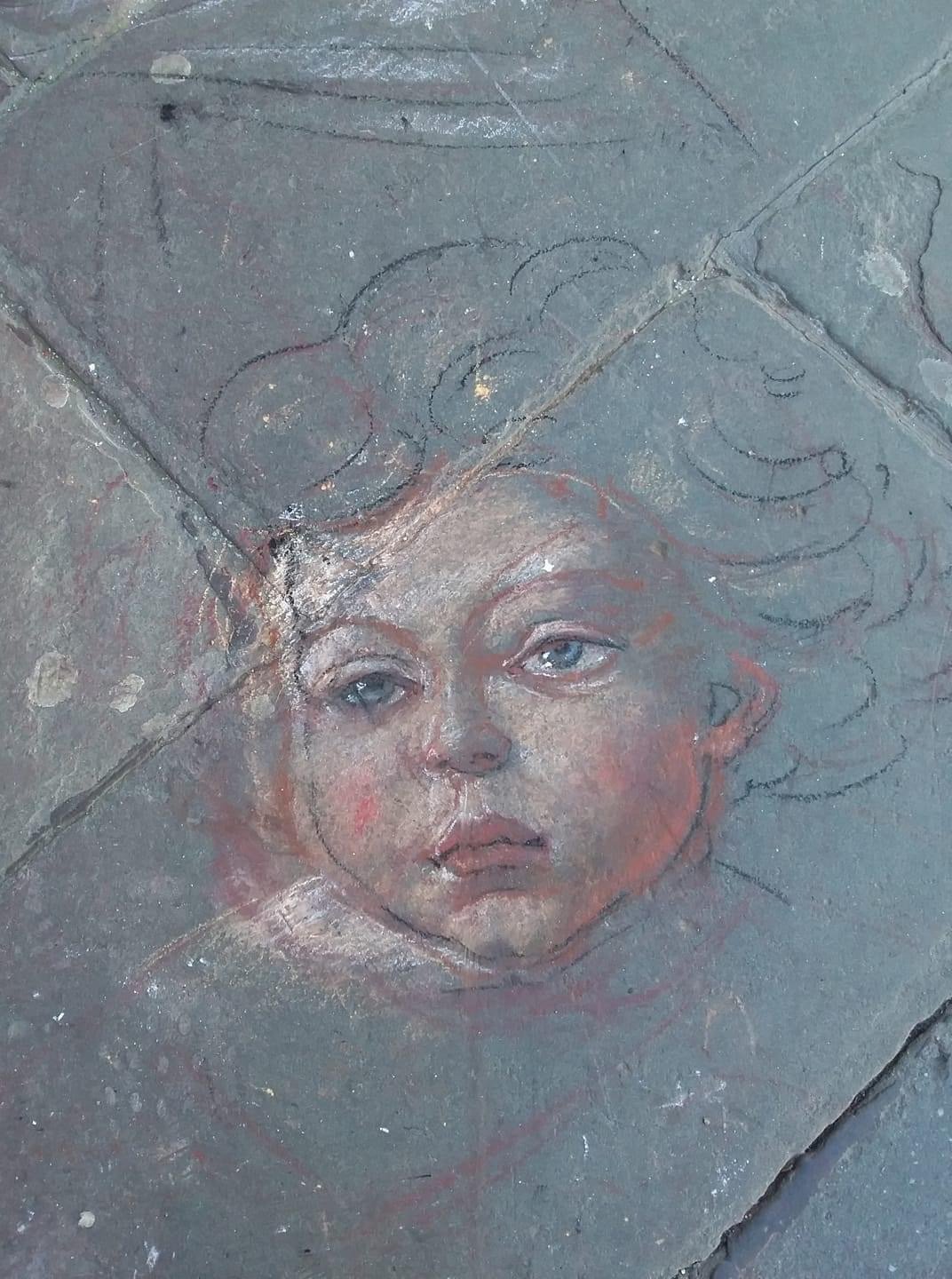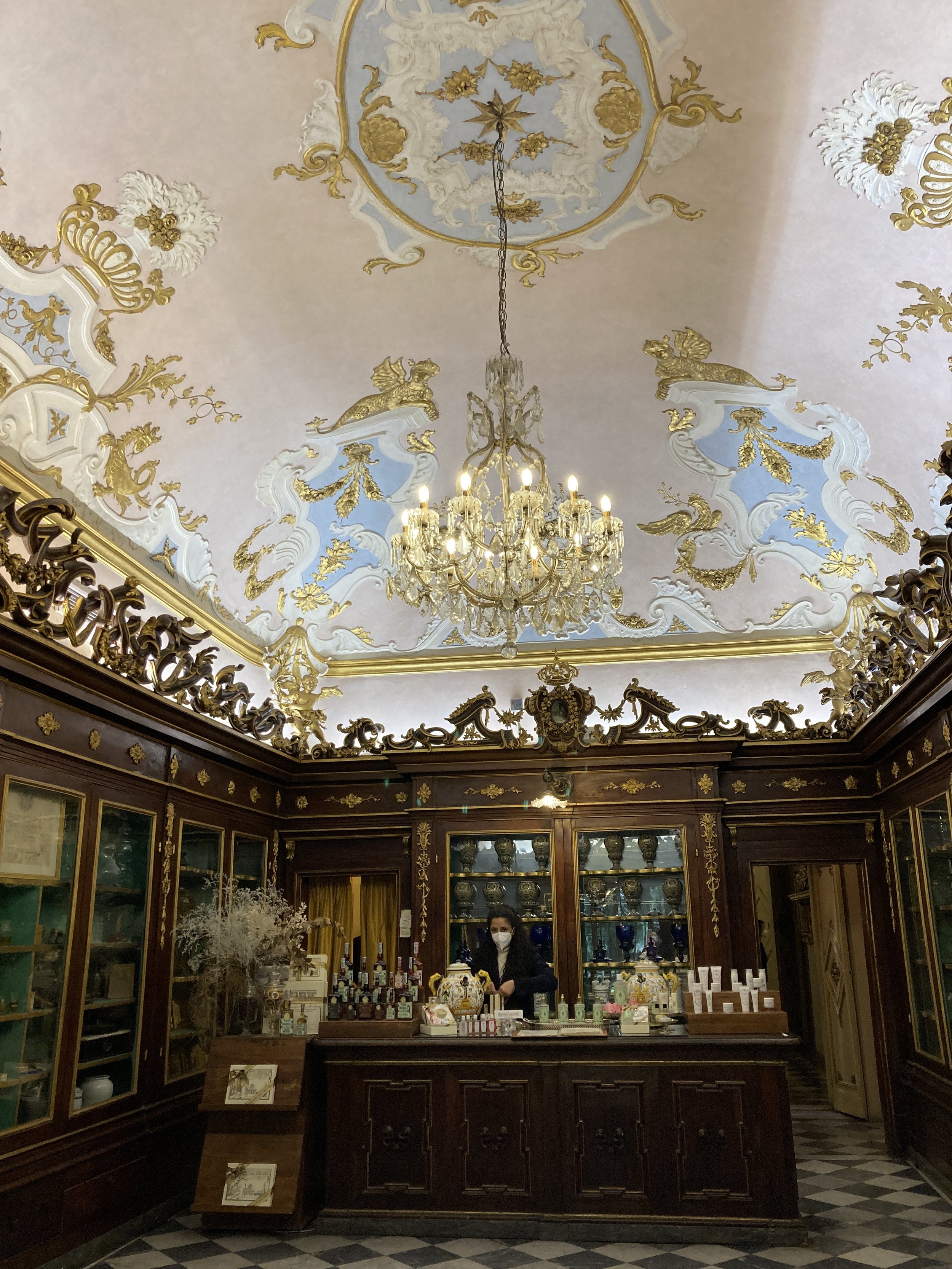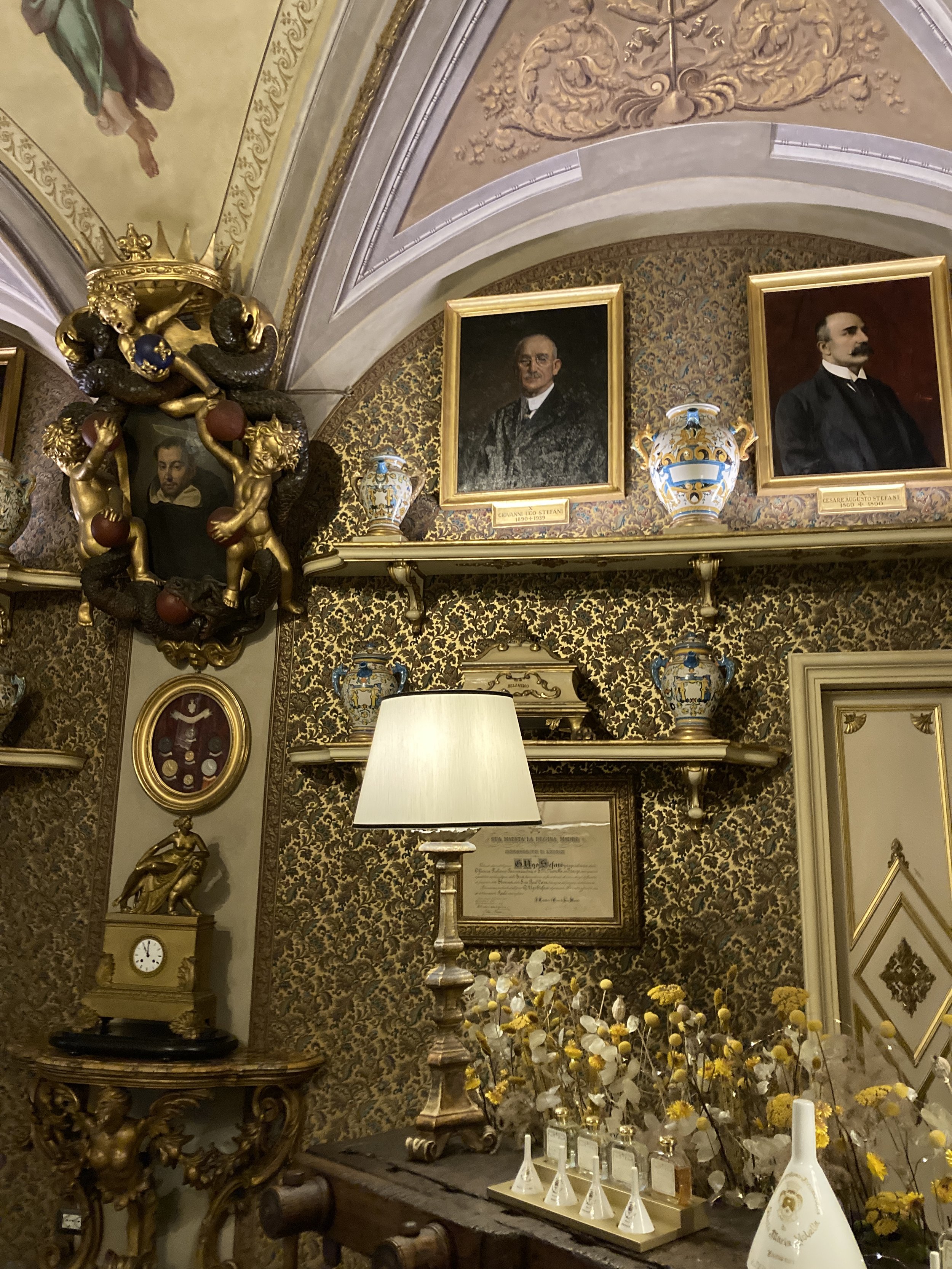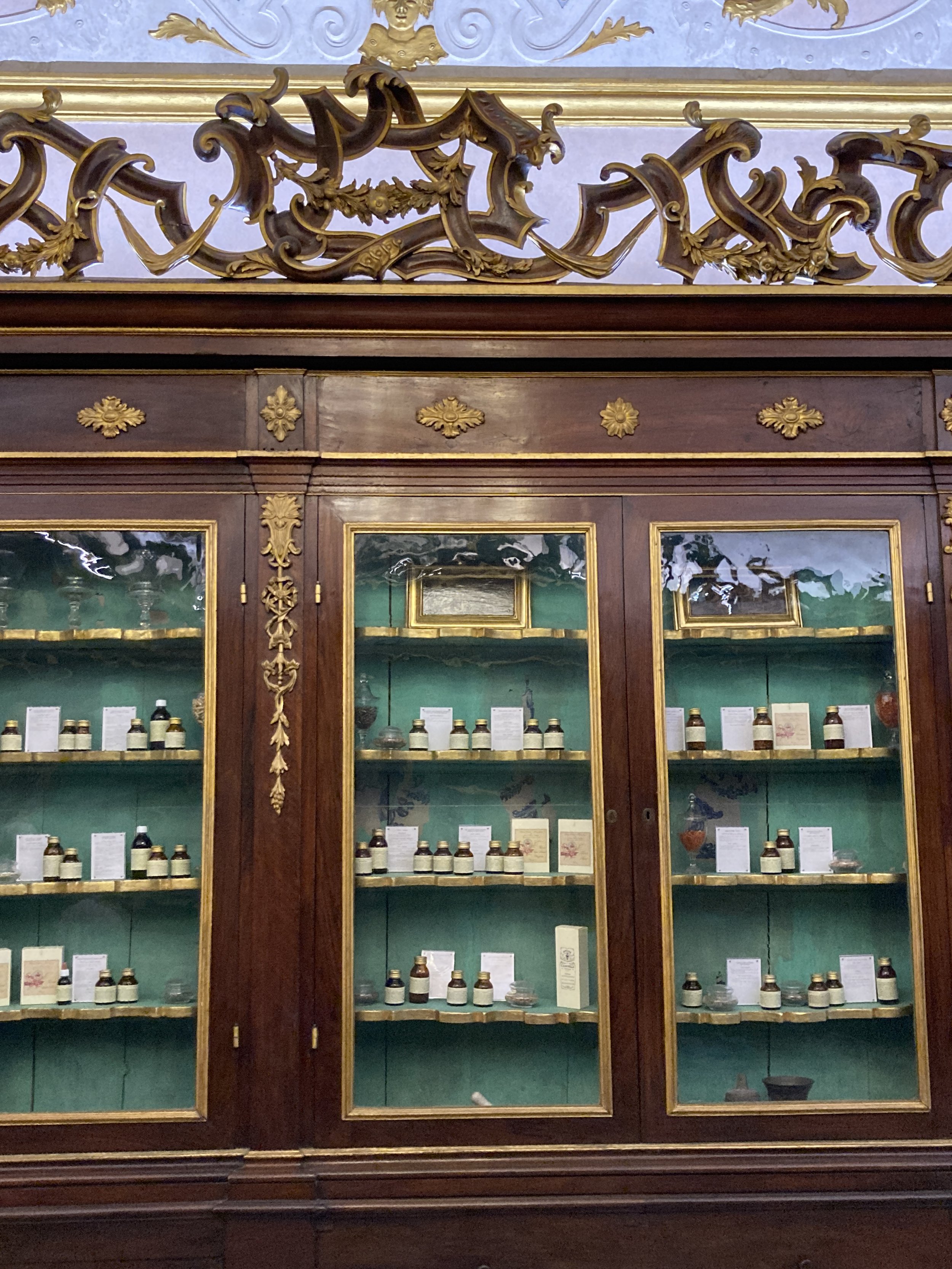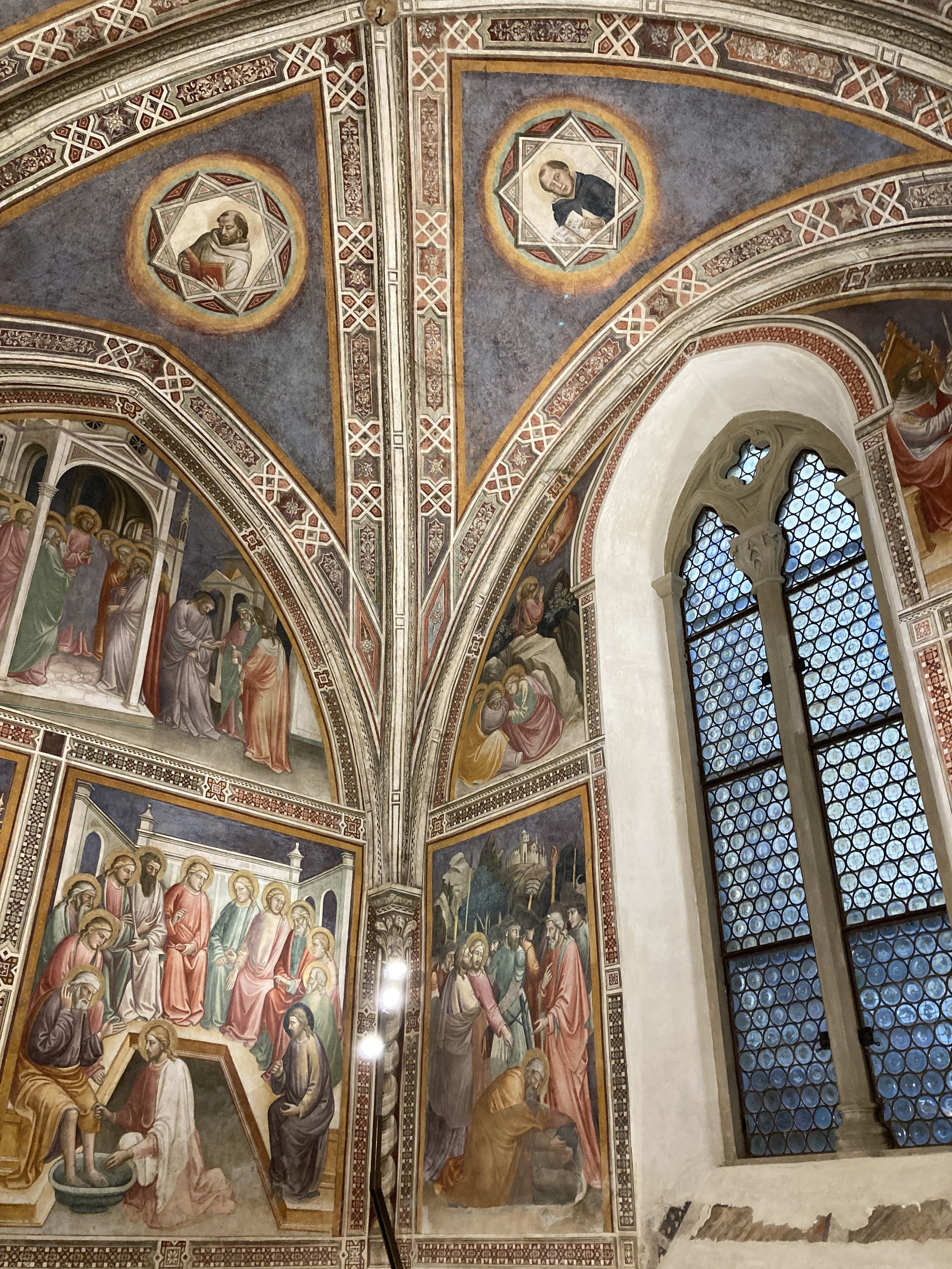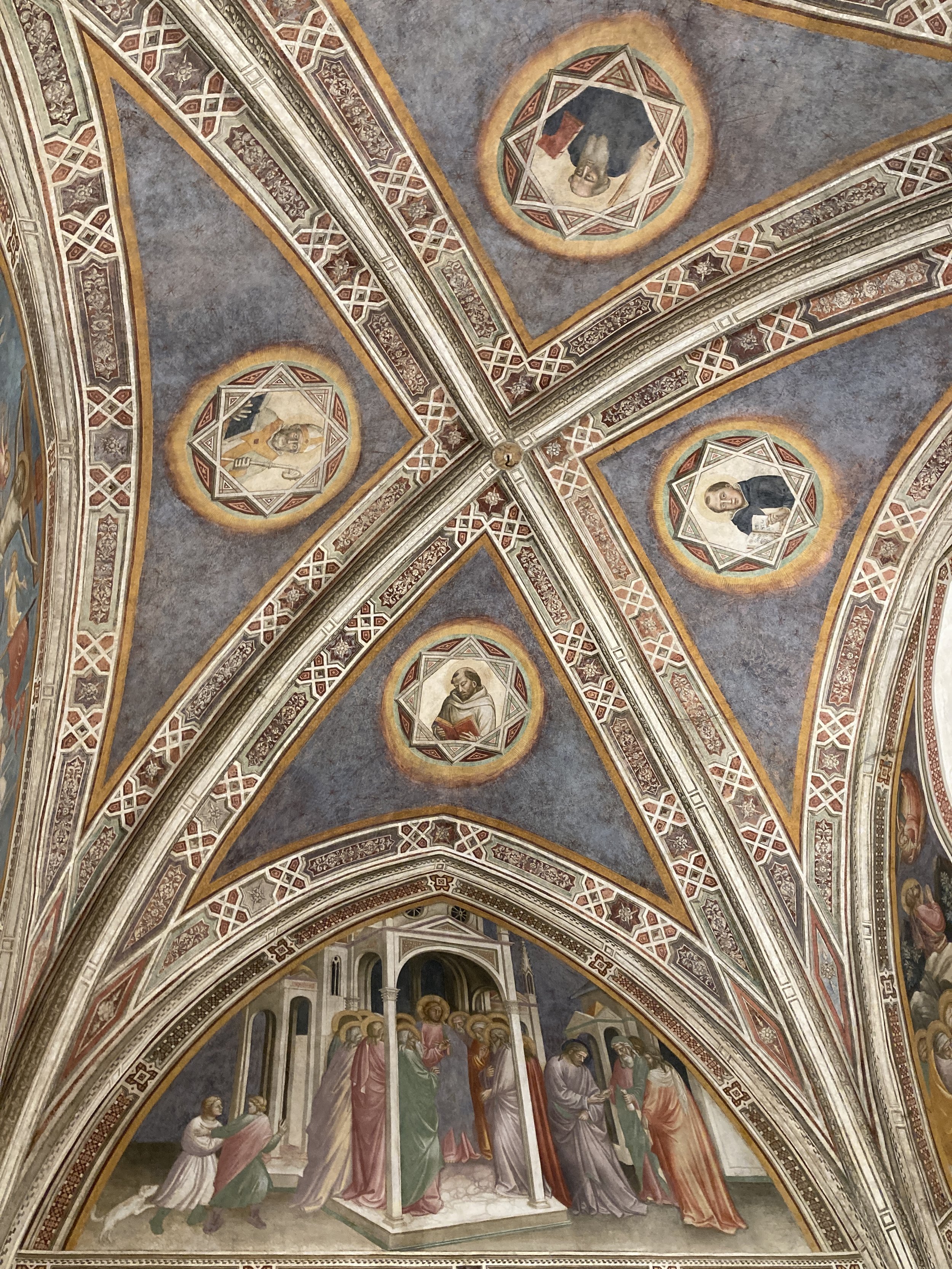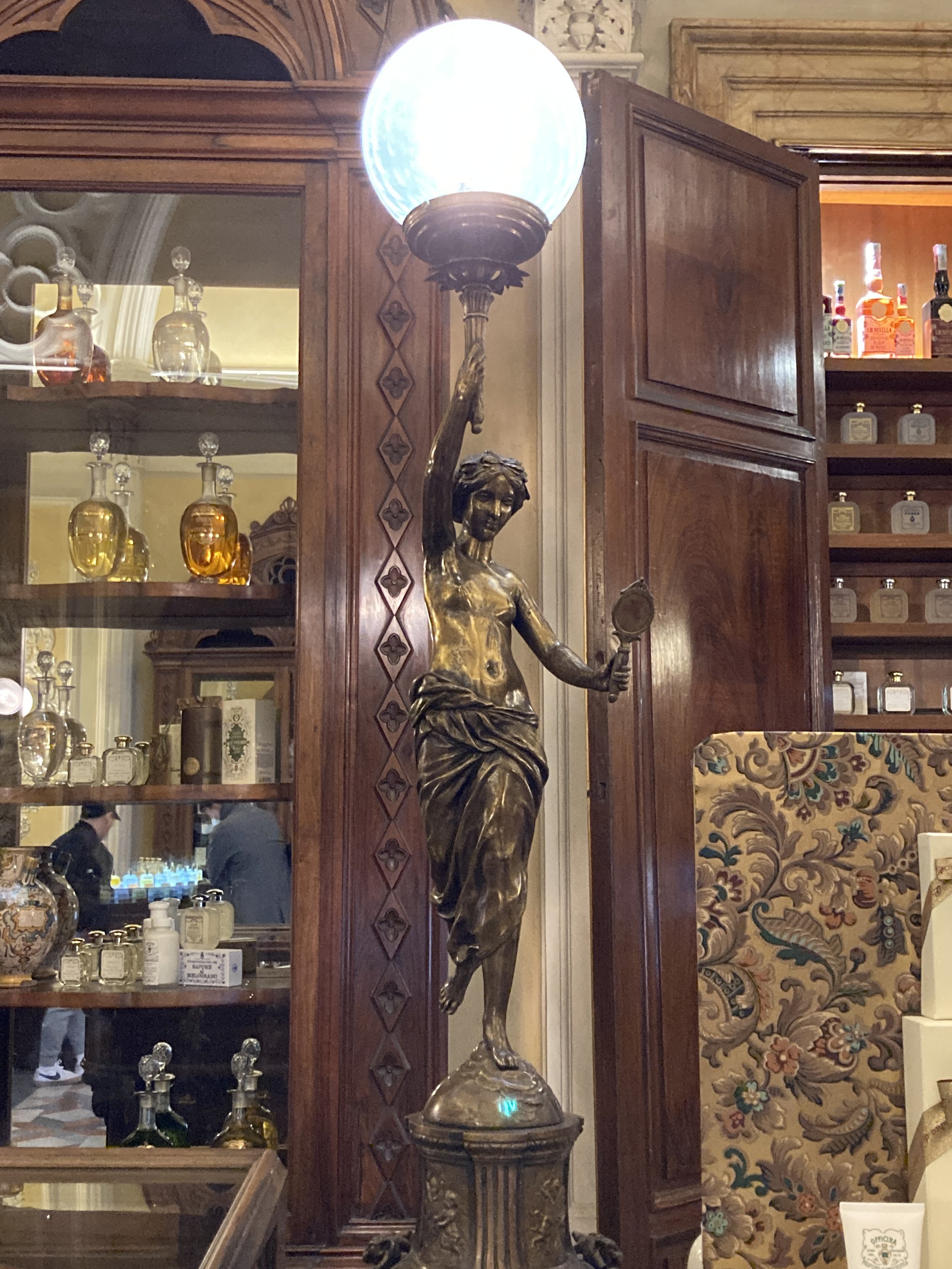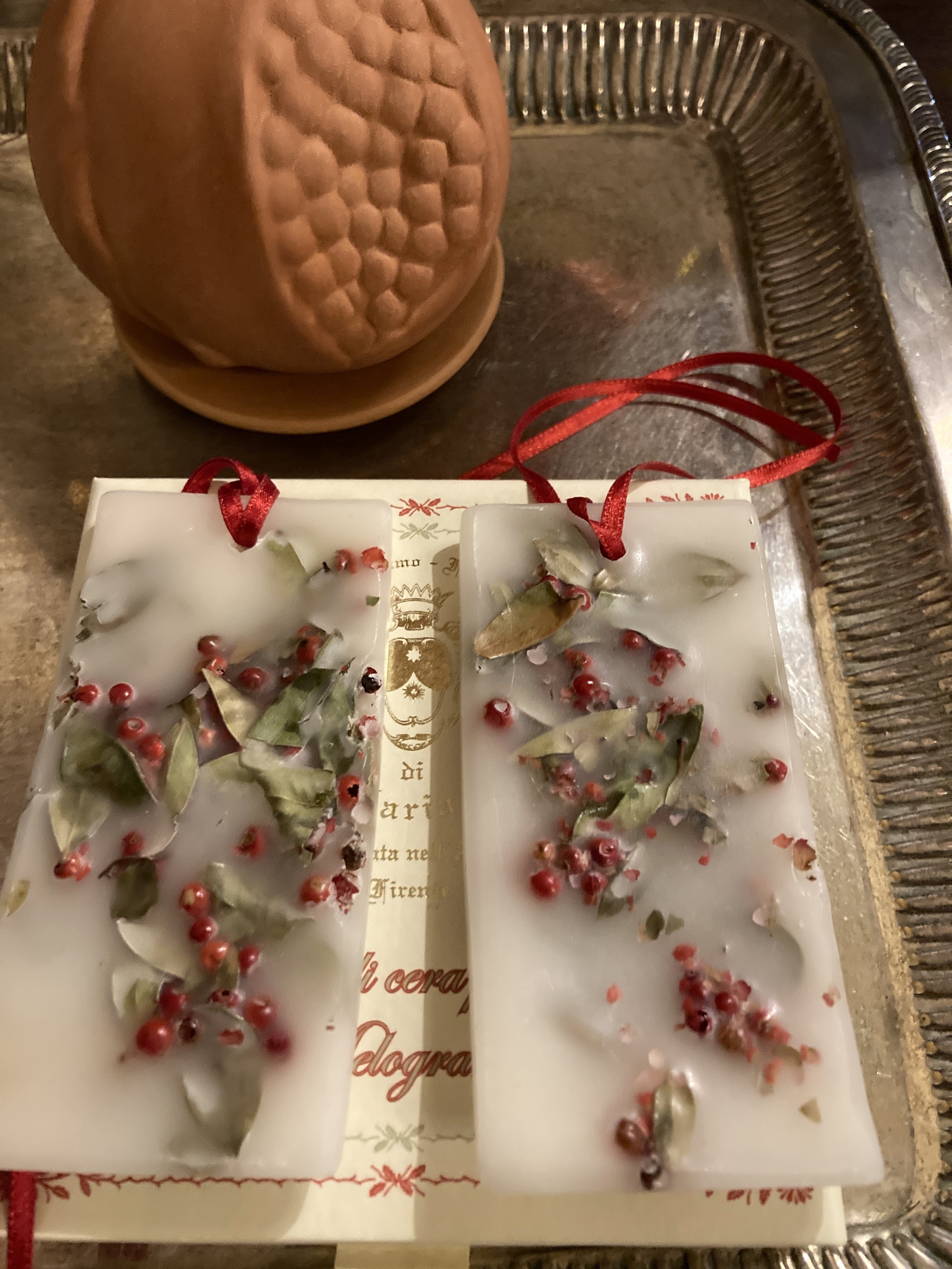A Morning in Padova's Market
When I first visited Italy, nearly 30 years ago, I hoped to attend a cooking class. I had been studying Italian cookbooks (especially those by Marcella Hazan) and wanted more than anything to cook in Italy, using local ingredients, with a teacher who could show me how to make authentic Italian dishes. Unfortunately, the cost of the week-long classes just did not fit my budget. Instead, I came to Italy determined to taste regional dishes, shop local markets, and take lots of notes. Or, as someone said to me, “So, you’re going to Italy to eat?” Well, yes. That pretty much summed up my intention.
My first bite of prosciutto with melon was a revelation!
I learned so much on that trip, in large part through food experiences. Restaurant dining introduced me to many dishes – sweet melon wrapped in salty proscuitto, a delicate risotto with saffron, fish straight from the lake, tiny wild blueberries atop gelato, pasta fatto a mano (homemade). The flavors and preparation methods were enlightening. As good as the restaurant meals were, it was the Italian markets which really enchanted me. Fresh produce artfully displayed, pan-ready trimmed artichokes floating in lemon water, perfectly ripe melons. I marveled at the fishmongers in Venice who arranged their products in photo-worthy displays and at the shops in Florence filled with hanging legs of prosciutto, a vast array of cheeses, and cases of colorful filled pastas. How I longed for a kitchen on that trip!
Fresh pasta at the Sant’Ambrogio market in Florence
Since that time I have sought out markets whenever, and wherever, I’ve traveled. They form some of my most vivid travel memories. The best ones are the “mamma’s markets”, catering to locals rather than tourists. Two of my favorites over years of travel are the weekly market in Uzes France (oh those olives!) and the Sant’Ambrogio market in Florence.
Italy is not the only country with fabulous markets. This one in Uzes, France is among my favorites.
My most recent market experience was in Padova (Padua) where I was delighted to find a fabulous daily market. The outdoor market, centrally located in Piazze delle Erbe and Piazza della Frutta, was a wonderland of fresh fruits and vegetables. Multiple vendors set up stalls each morning filled with just about everything a cook could desire - baskets of bright lettuces, mounds of greenish-purple artichokes, piles of vibrant oranges, rows of tomatoes in different shapes and sizes, fat stalks of asparagus, dark purple eggplants, dried beans, herbs, and even flowers.
Spending a morning there was a joy. In the afternoon the market stalls disappeared and the piazza became a social hub of cafes, bars and casual restaurants.
Beautiful blossoms in the Padova market
In addition to the outdoor market stalls, an adjoining indoor market lies beneath the Palazzo della Ragione. The culinary fun continued here with a host of shops selling fish, meats, prosciutto, bread, pastries, cheeses, and a variety of prepared foods. There was even a rare sight in Italy – a “to go” coffee bar.
There is so much to appreciate in Padova – stunning frescoes, historic churches, architecture, historical buildings, parks (I will get to all of these in another post) but never underestimate the power of a good market to add a fun experience when exploring a new city.



